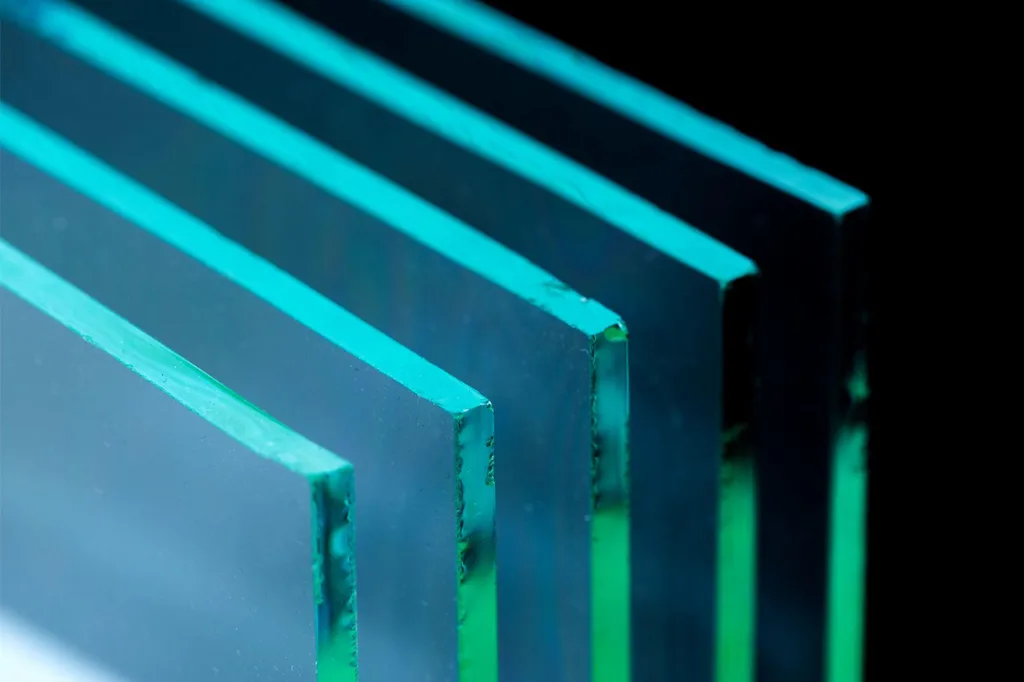In a significant stride towards enhancing the strength and flexibility of laminated glass, researchers have developed a novel Glass–GFRP Laminate (GGL) that outperforms traditional PolyVinyl Butyral (PVB)-based laminated glasses. This breakthrough, published in the open-access journal *Composites Part C: Open Access* (translated from Turkish as “Composites Part C: Open Access”), holds promising implications for the construction and energy sectors, particularly in applications requiring robust, transparent, and energy-efficient materials.
The study, led by Feyza Nur Yildirim from the Department of Civil Engineering at Ankara University in Turkiye, introduces a new type of laminated glass incorporating Glass Fibre Reinforced Polymer (GFRP) interlayers. The novel GGL is fabricated using a Modified Vacuum-Infusion-Process (MVIP) method, which involves annealing glass and an acrylic-based clear casting resin with a viscosity of 300–400 mPa.s. This innovative approach results in a material that is not only stronger but also more ductile compared to conventional PVB-based laminated glasses.
“The key to our success lies in the careful selection of materials and the optimization of the fabrication process,” Yildirim explained. “By experimenting with different glass and resin types, GFRP thickness, and number of GFRP layers, we were able to identify the critical design parameters that significantly enhance the load resistance of the GGL.”
The research demonstrates that the GGL can withstand more than twice the load capacity and exhibit over four times the flexural stiffness of equivalent thickness PVB-based laminated glass reference specimens. This enhanced performance opens up new possibilities for applications in high-stress environments, such as skyscrapers, bridges, and energy-efficient buildings.
One of the most compelling aspects of this research is its potential impact on the energy sector. The GGL’s superior strength and flexibility can lead to the development of more durable and energy-efficient windows and facades, which are crucial for reducing energy consumption in buildings. Additionally, the material’s ability to allow 60–75% of visible light to pass through along the lateral direction and 50–60% through the thickness direction makes it an attractive option for solar panel applications, where transparency and durability are essential.
“This research not only advances our understanding of laminated glass technology but also paves the way for innovative applications in the energy sector,” Yildirim noted. “The GGL’s enhanced properties make it a promising material for future developments in sustainable and energy-efficient construction.”
As the construction industry continues to seek materials that offer both strength and sustainability, the development of the Glass–GFRP Laminate represents a significant step forward. The findings of this study, published in *Composites Part C: Open Access*, provide a solid foundation for further research and development in this exciting field. With continued innovation, the GGL could become a cornerstone of modern construction, offering a durable, flexible, and energy-efficient solution for a wide range of applications.

